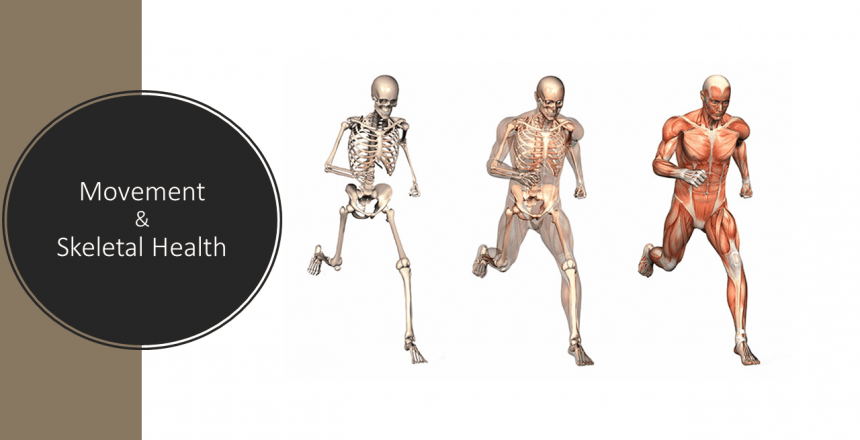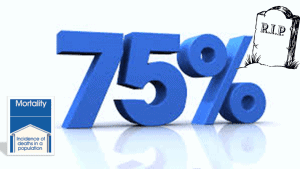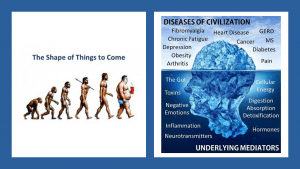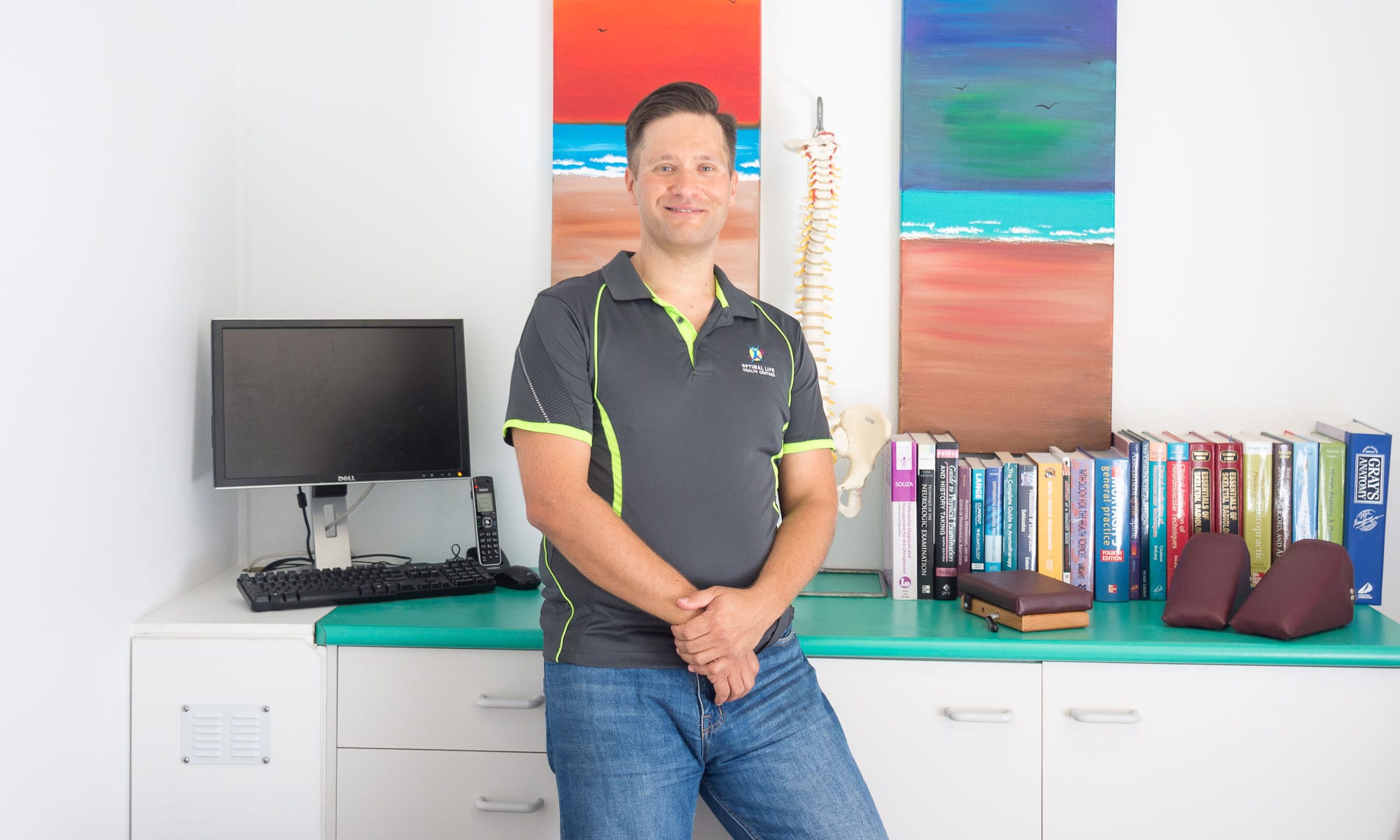It is clear common-sense that movement is valuable and necessary to promote optimal health – including skeletal health.
The stresses of gravity, ‘push-pull’ of muscles, resistance and weight-bearing in an upright position all contribute to a ‘sensory’ load that keeps our bony system healthy. Bones are constantly changing, thickening, re-shaping in response to these loads and pressures. Movement contributes to this outcome.
Appropriate (sufficient) levels of physical movement are vital to promote healthy (homeostatic) levels of skeletal structure and the storage of minerals within the structure of bone, as well as the balance between bone ‘lay-down’ and bone removal.
As is always the case, when states of purity and sufficiency are achieved, the genes that express inside our cells lead to such homeostatic function.
Movement is a vital ‘nutrient’ for healthy function and sufficiency in movement a great goal to achieve. Clearly without these needed levels of physical movement unhealthy or non-homeostatic gene expression result. This is why we have an entire Vibrant Life Key devoted to Moving – the way it’s meant to be.
One such positive outcome of movement sufficiency is that motion and stress/strain on joints leads to the direct laying down of more bone, in response to the ‘lines of stress’ that the movement causes.
There is unquestionable evidence as to the impact of immobilisation on bones and joints, and also that of inadequate motion: one result being bone loss – ‘if you don’t use it, you lose it’ is very clearly an accurate statement!
Inadequate movement is associated with:
- overweight/obesity,
- related to osteoporosis,
- deconditioned muscle (not moving or being used enough) and
- stiff, tight tissues containing and surrounding the joints.
Add to this the impact that exercise has on liver function, through normalising the stress response, and we see that without movement, there is a decrease in Human Growth Hormone and insulin-like growth factors which are directly related to adequate bone formation throughout life.
This is relevant both for ‘gross’ or macro-level movement as well as the ‘micro’ movements of all bones at all joints throughout the body.
As has been stated elsewhere, lack of movement in the smaller joints of the spine is an outcome of what chiropractors call Vertebral Subluxation Complex, and resolving this through chiropractic adjustments encourages better movement and joint function.













